With the rapid development of modern smart fitness, people’s work and life are getting busier and more stressful, and their spare time is being squeezed by capitalists. People are eager to use the least time to obtain the greatest fitness effect in this social situation. The era of Internet of Things technology has realized the possibility of short-term, low-frequency, and high-efficiency fitness effects.
1. What is Smart fitness
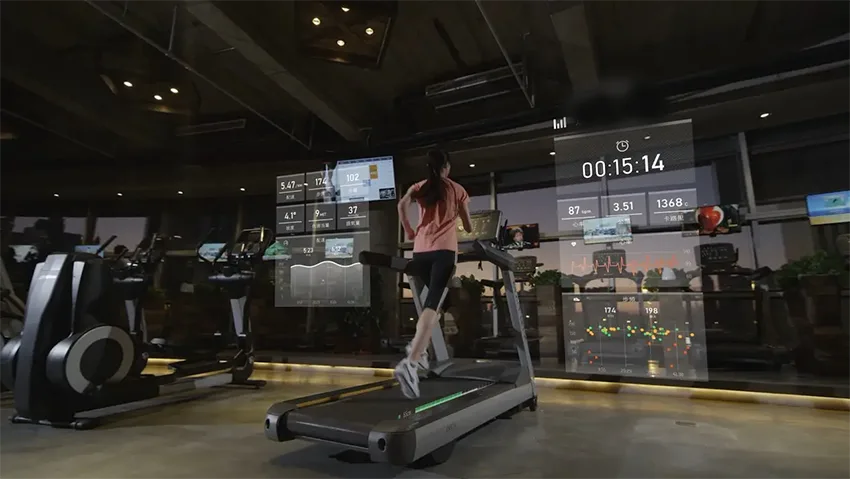
The concept of the Internet of Things began to rise in the past few years, and now it has been widely used in the home and home appliance circles. It is expected to change people’s living habits while creating a “lazy” life, and make “technology changes life” a reality. But the truth is, the Internet of Things is not only applied in home life but also to an industry that is quietly using it to change people’s consumption habits, that is, the fitness industry.
2. What Does Smart fitness Do?
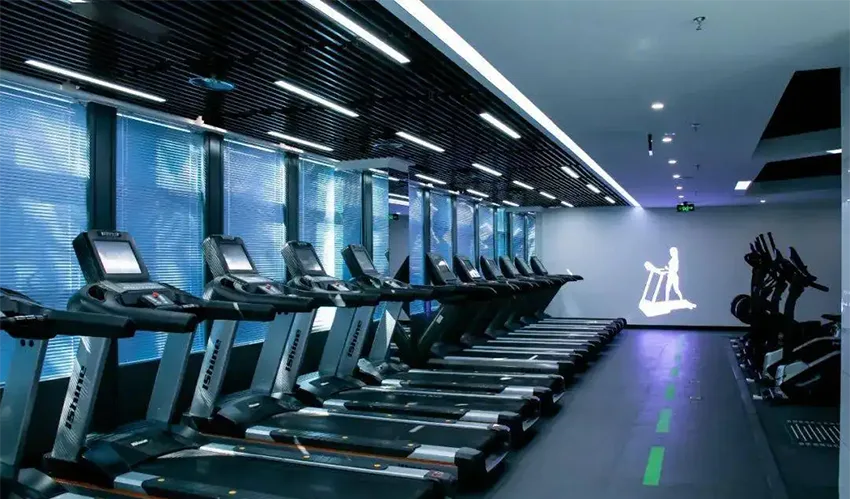
01. How the IoT combines with the fitness industry
The first is to build an intelligent management system. Intelligent access control systems are now widely used in major gyms, achieving automation and reducing labor costs. Secondly, the installation of intelligent air conditioning management system intelligence can automatically adjust the temperature that is most suitable for users to exercise, which improves customer satisfaction and avoid manual adjustment. In addition, the intelligent lighting control system in the gym can better distribute lights and improve users’ comfort.
02. What is the Internet of Things device
The IoT Smart fitness system realizes practical functions such as entering the access control with the wristband, opening the locker in the locker room, turning on the treadmill with the wristband, and using the App to understand the exercise data, schedule classes, and purchase membership cards. These intelligent upgrades can not only benefit the users but also the businesses. For users, they can have a better experience and be more comfortable during the workout time; for businesses, it reduces operating costs and earns more profits.
The increasing popularity of intelligent systems and the reduction of costs make it possible for the fitness industry to achieve intelligence.
3. How about the Smart fitness market
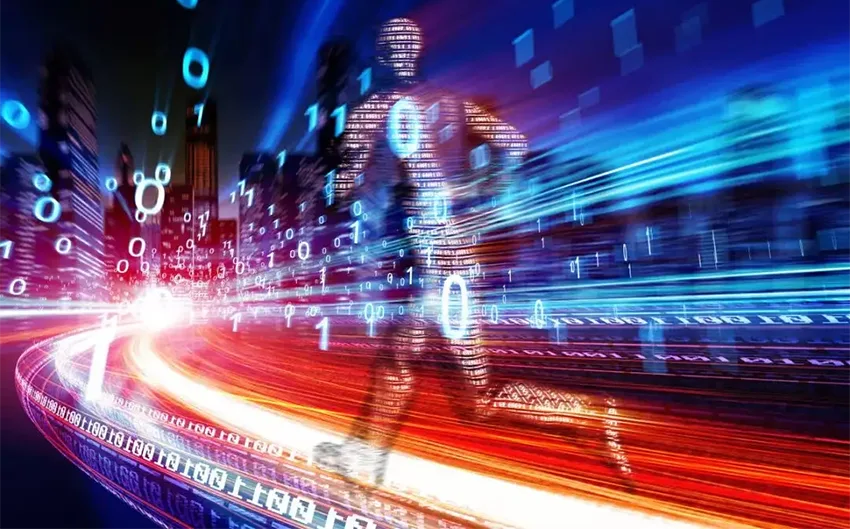
The advantage of the Internet of Things is that it can collect data and support data exchange, which can be used for the collection and monitoring of important data in the fitness industry, such as heart rate, body fat rate, weight, and other electronic health data.
Since modern consumers lack passion and motivation for many things due to the pressure of life, gyms need innovative fitness tools to achieve their fitness goals. This is why the demand for exercise solutions has increased.
According to research, by 2027, the consumption of intelligent systems used in the medical and fitness industries is expected to reach more than 300 billion US dollars. As early as 2021, the user spending on wearable devices such as intelligent watches, intelligent handles, and so on has reached more than $80 billion.
In addition, technologies such as AR/VR are also applied to intelligent health devices.
4. The Internet of Things technologies used in Smart fitness

The intelligent fitness system includes intelligent IoT integrating software and hardware, such as intelligent front desk all-in-one, intelligent access control, intelligent locker central control, intelligent turnstiles, face recognition, equipment, physical measurement solutions, and intelligent heart rate solutions.
At the application level, in addition, to be applied to basic equipment such as air conditioners, lighting, and access control to enhance the user’s fitness experience, intelligent systems will also use their ability of data collection and exchange to convert these data into visual insights, assisting the gym to enter the era of intelligence and digitization.
Generally speaking, the gym thoroughly analyzes the health data generated by the members during exercise, tracks the member’s behavior, so as to understand the member more comprehensively, customizes the fitness plan for the member, and recommends the fitness goal that is more suitable for the member to quickly achieve the fitness effect. By integrating transaction data and IoT data, we can quickly create targeted and precise marketing plans.
5. What are the IoT fitness equipment
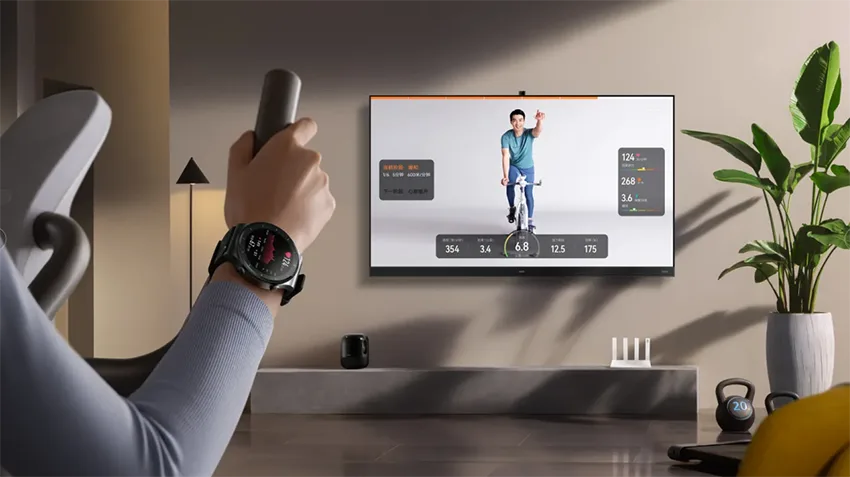
Smart fitness equipment includes an intelligent treadmill, intelligent rowing, VR multi-scene training system, etc. The gym can provide members with a more immersive experience, make fitness more cool and interesting, and greatly improve the experience of members. The loss of members due to the loss of private trainers in the gym will be reduced.
The fitness equipment in the gym mainly includes treadmills, spinning bikes, single parallel bars, various strength training equipment, etc. The gym is the main purchaser of indoor fitness equipment, in addition, some users with home fitness needs will also purchase such equipment. Outdoor fitness equipment refers to the equipment and facilities installed and fixed outdoors, such as residential areas, squares, and other areas, for people to exercise, mainly including various path fitness equipment, such as common parallel bars, ladders, aerial bicycles, etc.
6. Benefits of Smart fitness
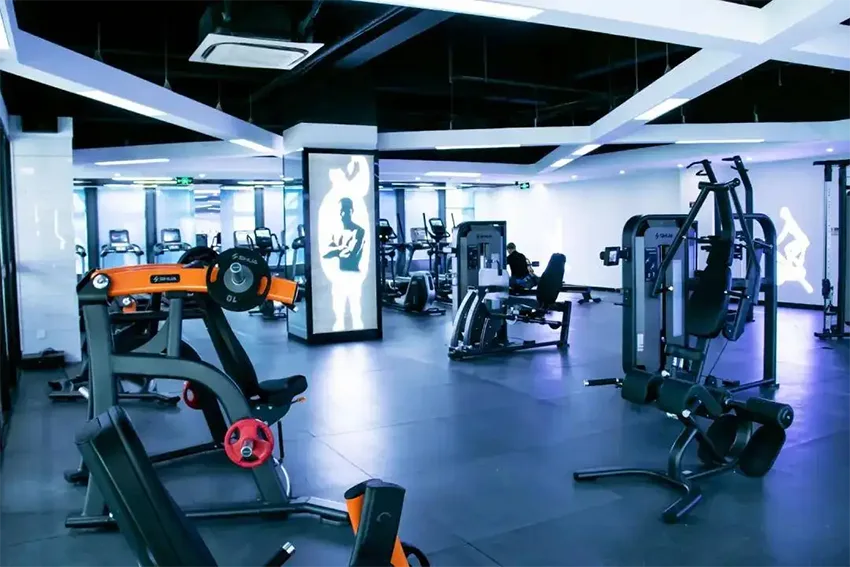
01. Intelligent facility management
Intelligent management systems are widely used in gyms. For example, the intelligent front desk all-in-one machine completes the automatic check-in of members, which is unattended, and it reduces the cost of labor; the intelligent water control system reasonably adjusts the water flow and reduces waste; the intelligent lockers are allocated according to each person’s needs, can be independently accessed, which reduce operating costs, and enhance the member experience.
02. fitness equipment
The second is the intelligence of fitness equipment. For example, sports bracelets, smart sensors, and intelligent training equipment synchronize members’ exercise data and analyze and evaluate members’ exercise effects, so that coaches have “ideas” in their hearts. It is important for coaches because, through the data, they can track fitness progress more scientifically, and then develop personalized fitness programs for each member, which will increase the professionalism of coaches in the gym.
7. Internet of Things fitness application example
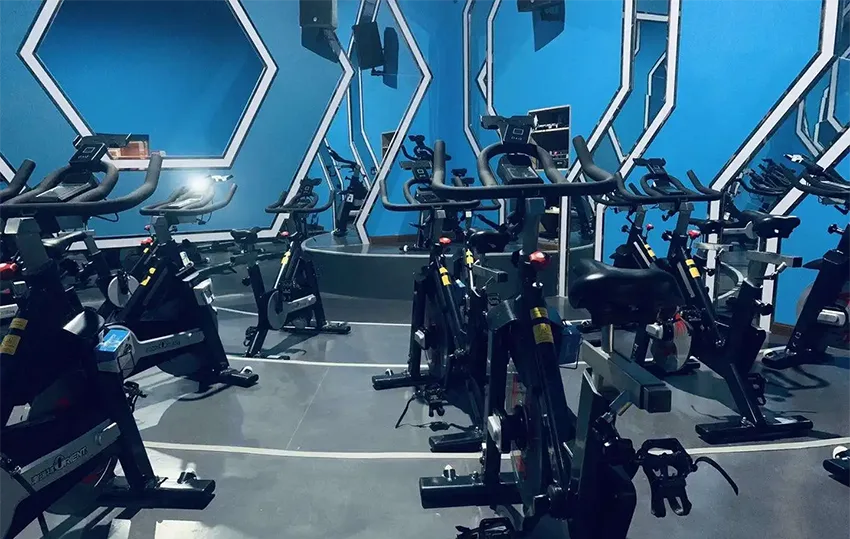
01. Workout customization
Connected databases and analyzing software to fitness devices, such as fitness bands and heart rate trackers, and sleep devices gather information, enable fitness trainers to create customized nutrition and exercise charts for end users, and even track their progress, providing better service.
02. Immersive training
Gone are the days when fitness users were limited to traditional treadmills. Today’s new treadmills have continuous belts and a display screen that shows current speed, time, and distance. This is the era when fitness users can immerse themselves in their workouts.
Today’s consumers want to use not only treadmills or bike trainers by themselves, but also with other users—whether they’re at the gym or not. VR headsets meet this need, helping fitness users create a simulated environment that allows users in different spaces to have a feeling of exercising together in the same space.
03. Fitness equipment
Fitness equipment repair and maintenance has always been a challenge for gyms, mainly because it is difficult to tell from the appearance which equipment is worn out or in need of repair. When equipment malfunctions, it not only affects the customer experience, it also poses a threat to the safety of the users.
If the user has a bad impression of the gym service because of the worn fitness equipment. In the long run, this is not good for the growth of the gym’s business. But with the help of IoT sensors, gyms can get accurate data on machine usage over a certain period of time to judge the level of wear and tear.
04. Technology-driven group workouts
With IoT wireless sensors, gyms can track clients’ progress during workouts. Meanwhile, gym trainers can create workout regimens that best suit individual needs to be based on the data collected by the sensors.
The development of contemporary social media has increased the desire to share, and people want to share every detail of their active life in public forums.
Fitness users want to share their workout data with others. As a result, IoT application development has become popular and enables businesses to deliver applications that connect end users with friends and family. Strava and Fitbit are one of these applications.
06. Advanced intelligent sensors
Sensors can provide valuable asset management information that can beneficially impact gym operations and performance. For example, modern gyms use integrated battery-operated wireless sensors to capture members’ body fat percentages or calories burned.
The data obtained in the system can be rated, which can motivate members to catch up with those with better data in the system. Additionally, the sensor can precisely analyze the usage data for fitness equipment, reducing overall maintenance costs. In the long term. It has a high ROI.
07. Better experience for gym members
Building a leaderboard to show a member’s progress at the gym can be very motivating, but at the same time, consumers also want a service with only personal goals. Through IoT technology, the gym can provide seamless and personal-only services.
8. Smart fitness solutions

01. Prevent brain damage
Among the different types of sports injuries, concussions are one of the most serious and common injuries, and over the years, severe concussions can even ruin an athlete’s career. Fortunately, IoT has played a major role in developing technology to protect the brain from injury and concussions.
Intelligent helmets are one example of IoT technology protection for brain damage. The core technology is that there is a sensor in the helmet that can detect the potential danger of brain damage. When it senses the risk, it allows the player to withdraw from the exercise and then immediately resume the program. In ball games, helmets can not only improve the player’s skills but also improve the player’s safety.
02. Provide unified training for players
Normally, only professional sports teams have access to professional sports technology training from professional trainers and cutting-edge athletes. But now, with the help of IoT technology, even if you are just a regular fitness user, you can also enjoy professional athletes’ training resources just like professional sports teams.
03. Improve engagement of fans
Professional sports businesses thrive from strong fan bases. Fans are an important part of promoting the development of the sports industry. However, the digital age is threatening the way fans engage in sports. IoT will step in by developing intelligent stadiums to provide the best experience.
03. Personalized exercise
IoT applications can provide personalized fitness methods based on individual characteristics. . It could change the way of your exercise today. This requires connected devices that collect data using databases and analysis software that can be personalized to the specific needs of each player and fan.
04. Mental health of gym members
Everyone finds themselves stressed at times. Athletes are no exception. Some doctors recommend going to the gym as a way to improve mental health. The IoT era will eliminate the requirement for gym memberships to take the stress out of when a healthcare provider recommends exercise.
05. Maintenance training equipment
Fitness equipment repair and maintenance has always been a challenge for gyms, mainly because it is difficult to tell from the appearance which equipment is worn out or in need of repair. When equipment malfunctions, it not only affects the customer experience, it also poses a threat to the safety of the users.
If the user has a bad impression of the gym service because of the worn fitness equipment. In the long run, this is not good for the growth of the gym’s business. But with the help of IoT sensors, gyms can get accurate data on machine usage over a certain period to judge the level of wear and tear.
06. Immersive virtual reality (VR)
Cost of VR Systems Like most new technologies, the earliest iterations of VR equipment is very expensive, making it difficult for the general public to buy. However, as technology improves and more companies enter the market, the cost of tethered and non-tethered systems is falling, which enables the popularity of VR virtual training in the fitness circle, allowing users to have an immersive and engaging exercise experience.
9. What is the future trend of Smart fitness
The development of the Internet of Things in the fitness industry has great potential. While most technologies may currently be beyond our imaginations, soon, gym adoption of these IoT technologies will become commonplace. The sports industry will be integrated with the Internet, and gyms will be able to provide a more perfect and comfortable user experience. For the fitness industry, the penetration of the Internet of Things into fitness venues will accelerate. Data-based intelligent management, accurate collection and analysis of data, helping coaches to improve the quality of courses, and improving user experience and stickiness will become industry service standards.
















